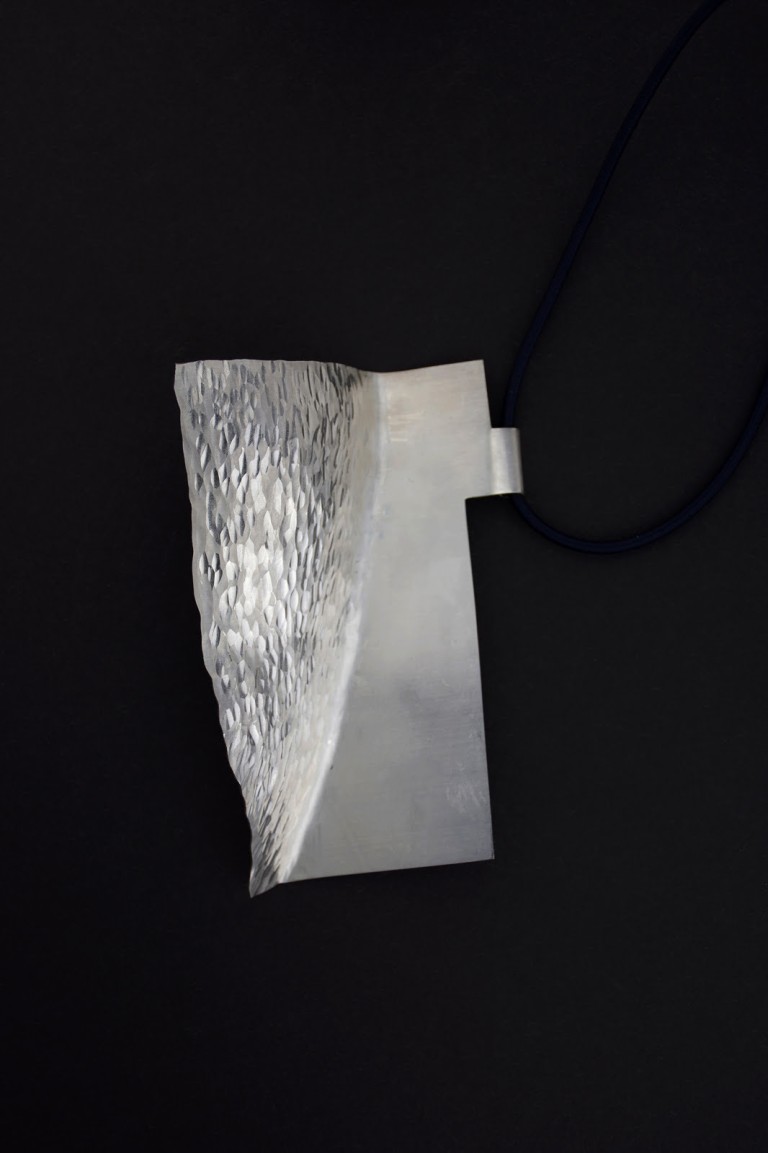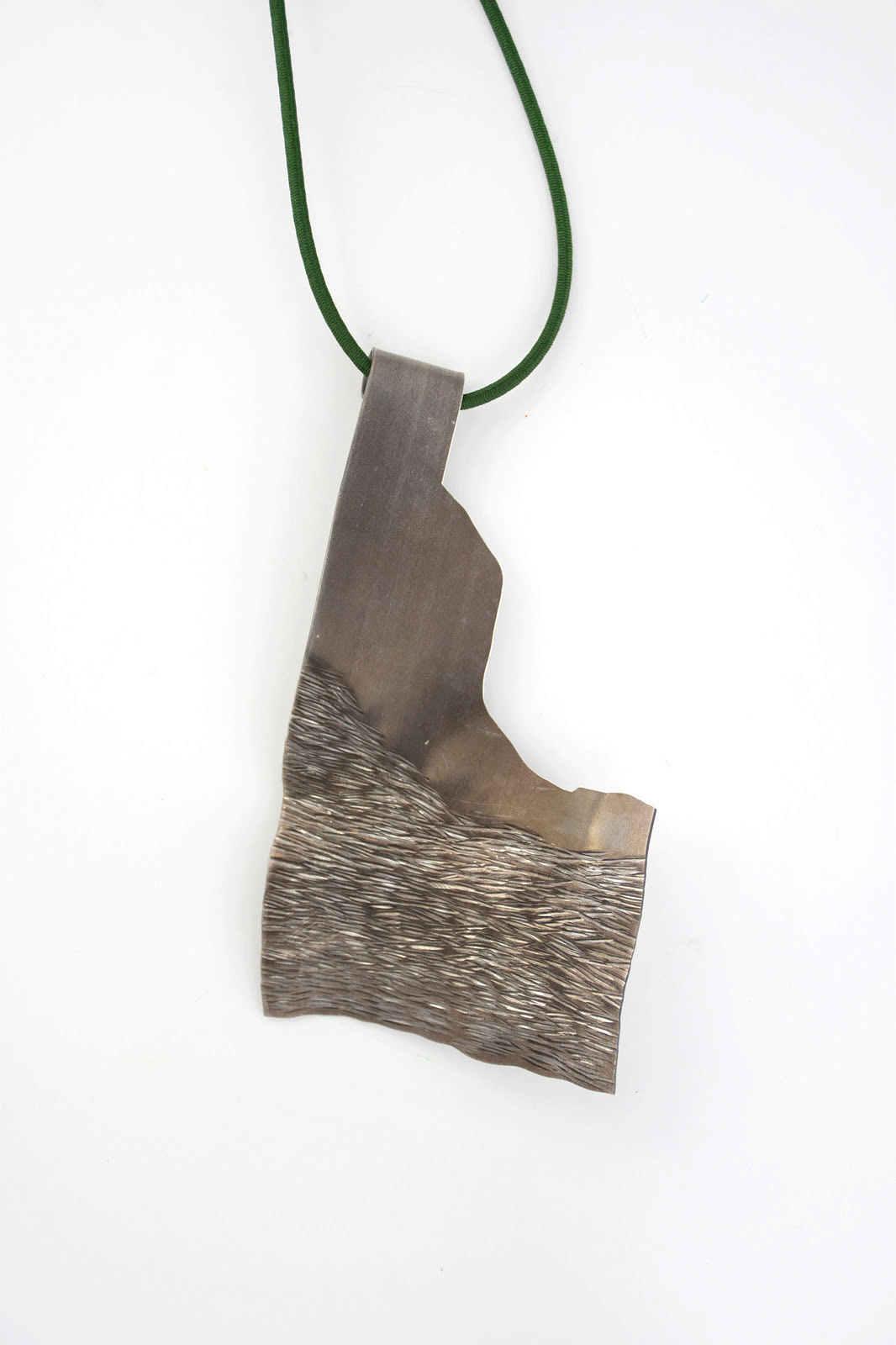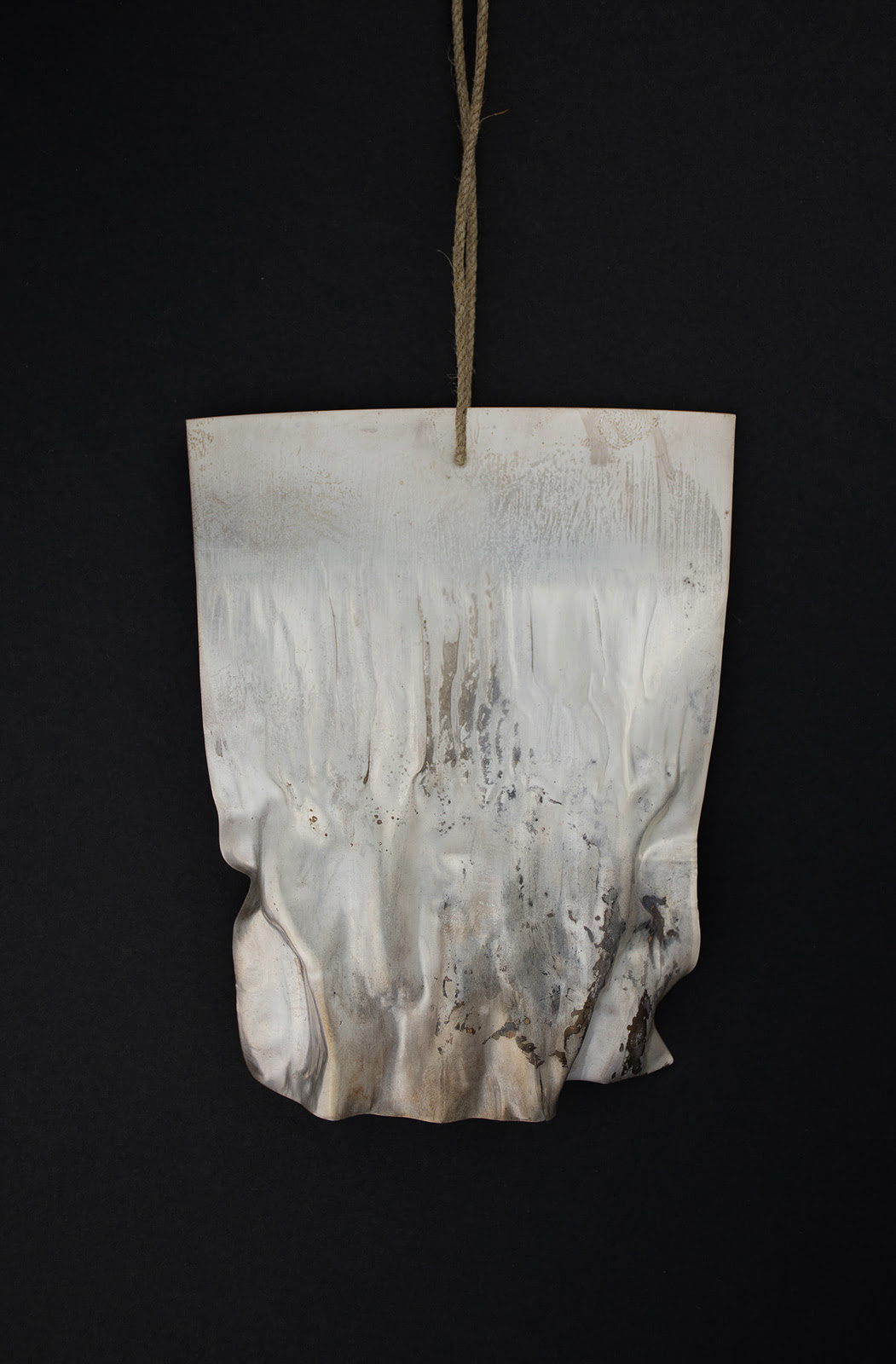Three-dimensional drawings from Klara Brynge
The curves of the human body resemble the relief of a landscape. Really. The gorges and rocks are like old wrinkled skin, and the hills ending at the horizon are like chubby roundness, the first associations that come to mind. But not only that. When you strike a silver sheet with your fist, the knuckles also create a relief, visible as a landscape. It changes as you travel – from the train window, the plains are replaced by hills, or swamps covered with bushes and rushes if the tracks lead to St Petersburg, or neatly planted spruce trees if you are heading towards Munich. Glaciers, probably if you’re heading north – when you get off at the last point, where it’s only a sledge.
Klara Brynge (Sweden) shapes the thin silver sheets with hammer and fist like the crust of the earth: abstract curves and bumps create abstract landscapes, and the shine of the silver reminds us of fields covered with snow and ice, on which witches’ fat glistens (do the Nordic countries have a version of the Lithuanian version of the glistening of the snow ?). Silver, matt, and shimmering, it resembles both a snow-covered seashore and a frozen waterfall, where the sound of falling water is still predictable under the ice. And stalactite or stalagmite caves (like Hagrid, I have never made a distinction between the two – no matter how many times I read about one or the other, the memory lasts no longer than the reading). And the salt mines, where salt icicles hang from the ceiling. Fire, the blacksmith’s hammer, and human fists, knuckles, and palms in silver form abstract icy landscapes that make you feel like Captain Hater as you travel through them with your eyes. Who was drawn north all the time.
The artist says :
When I move in a landscape it changes in a flow of images and forms. I make three-dimensional drawings with smithing methods in metal; reliefs, lines, and repetitions from landscapes on surfaces are ripped or stretched out. With blows from a hammer and punches shapes grow as the plasticity of the material allows it to move.
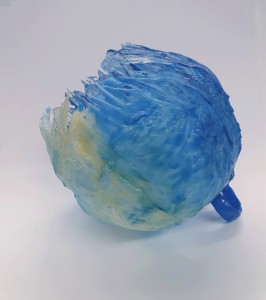
Clouds from Daria Edström
Jewellery, no matter how much you try to call it fragile and aquarellic, is usually strong, durable and rarely ephemeral. Metal has to withstand contact…
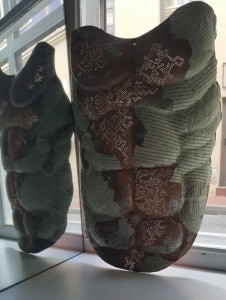
Relic by Marytė Dominaitė
Jewellers usually decorate the vulnerable, erogenous parts of the human body: the neck, earlobes, wrists. Fingers. Their work seems to show where the gaze should…
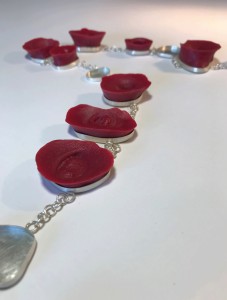
Fragility by Carole Deltenre
It’s all so fragile, especially when the snow falls incessantly, thickening that fluffy white blanket of down on the stairs, railings, balconies, uncollected leaves, children’s…
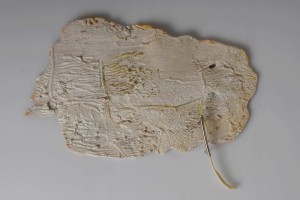
Eglė Čėjauskaitė-Gintalė – poet of the authentic past
I’m afraid of the dark and of sleeping alone. I’m even more afraid of the dark in a country house, because you can’t see the…
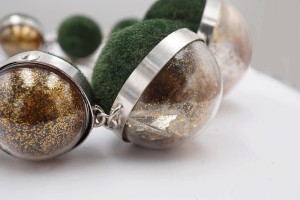
Translucent spheres of Anna Butwell
No matter how grey, white, graphic and snow-covered Advent is, no matter how you feel, as if you are covered in a heavy cotton blanket,…
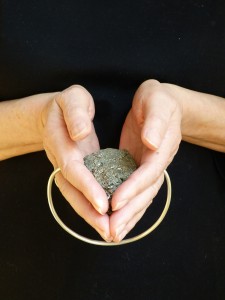
Rings by Brune Boyer
The further I go, the clearer I see how people want to belong, and there are more and more of them. Those who protect their freedom like a dragoness protects…
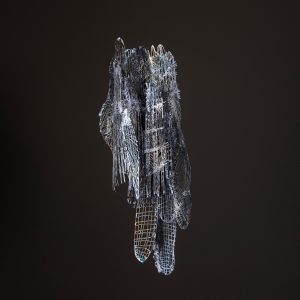
Winter landscape by Sofia Björkman
The black winter pattern of bare branches, the tracks of sledges in the snow, the feet of birds tracing dotted trajectories through the untouched snow,…

Unexped connections of Lisa Björke
The Swedish artist Lisa Björke creates unexpected connections between everyday objects and elements of traditional craftsmanship – materials and techniques. In METALLOphone, she looks back…
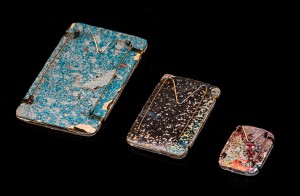
Transit spaces of Dovilė Bernadišiūtė
The Swedish-based Lithuanian jeweller refers to her objects as transit spaces. Thresholds, stops and stations, subways, and airports. These are spaces that don’t seem to…
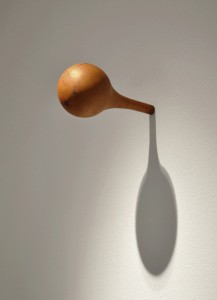
Pin by Peter Bauhuis
Peter Bauhuis (Germany) talks about being somewhere and marking that presence. About ways to tell yourself and the world – you are here. I am…
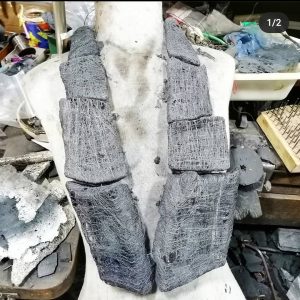
Collier by Jordi Aparicio
The black netting, stacked in rectangular “bricks”, looks massive but is actually light. The black collier requires some kind of imaginary body, it seems that…
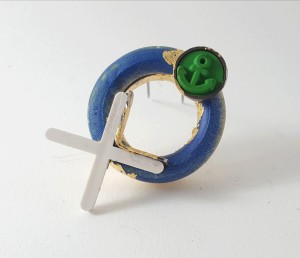
Lifebuoy by Silvia Serra Albaladejo
It seems that nothing needs to be said here. Now that the world is going mad, now that you don’t know where to stand, we…
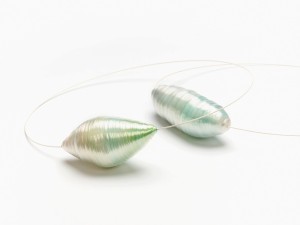
Pseudo-pearls of Andrea Auer
Andrea Auer (Austria) exhibits pseudo-pearls at METALLOphone. Large, obviously fake, much more pearl-like images, a derivative of what we imagine a pearl to be –…

Place by Ines Almeida
Her places are the ones we remember that leave traces like a paintbrush leaves paint on watercolour paper. Brooches with paper, not enamel, fragile paper…

